The New Gastronome
Soda
Costa Rica’s Diner Culture with a Pop!
by Daria Ratiner
by Daria Ratiner
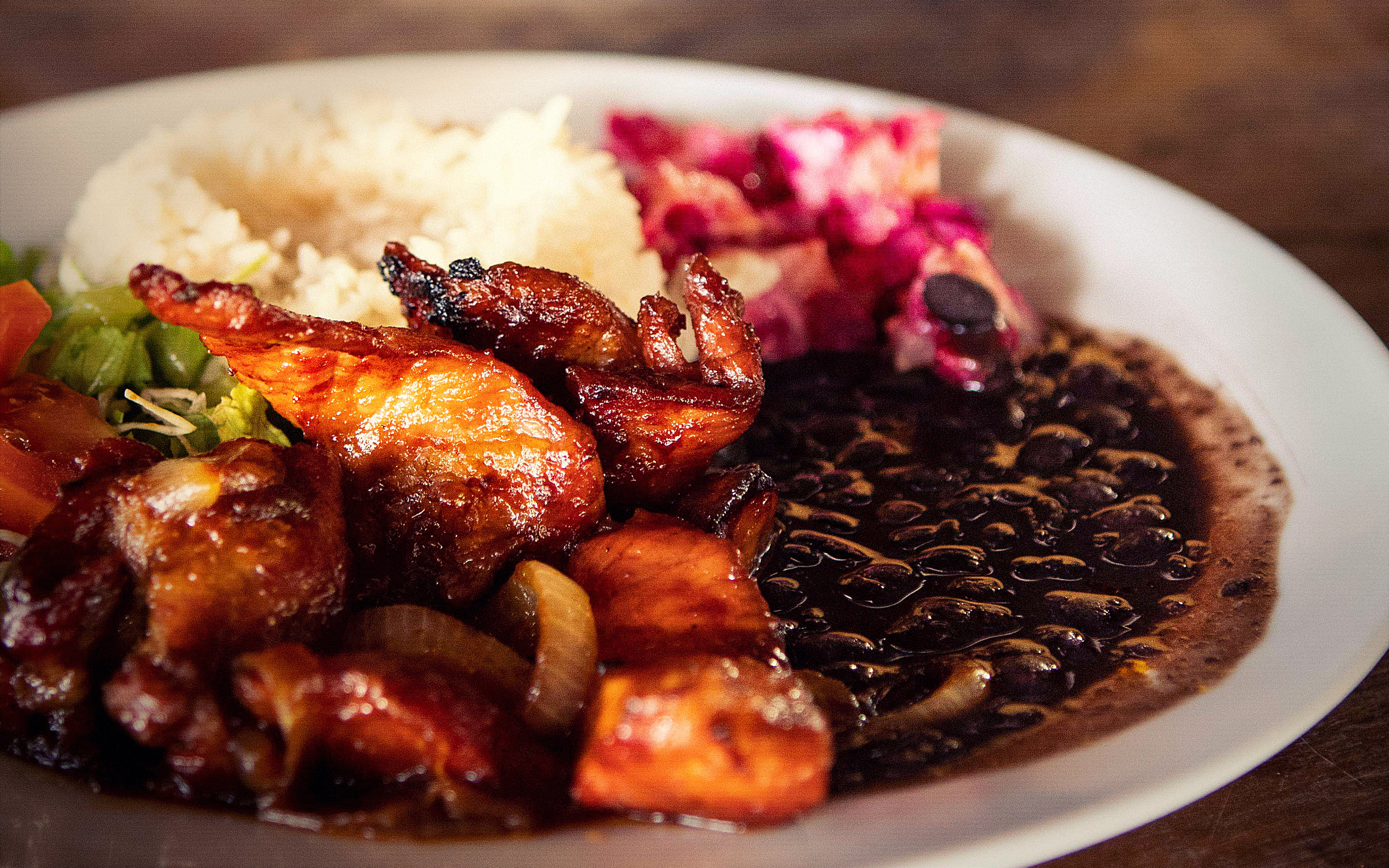
Around a year ago, when our son was born, my husband and I decided we needed a change in our lives: we didn’t want him to grow up in a reality where his parents were unhappy and decided to start looking for an alternative. At the same time, our friends had already been living in Costa Rica for a while and the idea of joining them became very tempting … so we did! We moved to Playa Avellanas, Guanacaste, Costa Rica and opened a small Falafel Cafe, serving the food we love to make and eat.
Costa Rica is a fascinating country. In some ways, it is exceptionally Western with high prices on food, commodities and a luxurious lifestyle, but in others, it is entirely traditional and rural.
The Costa Rican Sodas, the most popular way of eating in the country, are a great example of this dissonance, as one simply cannot drive the Costa Rican roads without seeing their huge signs. Soda is the name for small, local, family-run restaurants. It is considered to date back to the days of American Soda Fountains, refreshment shops where people could drink carbonated drinks. Starting out as pharmacies, where the drinks were used as bitter medicine, soda fountains separated when people started to consume their foods and snacks with those drinks. With an economy based on tourism, it is not surprising that Costa Rica adopted some of these manners from its visitors.
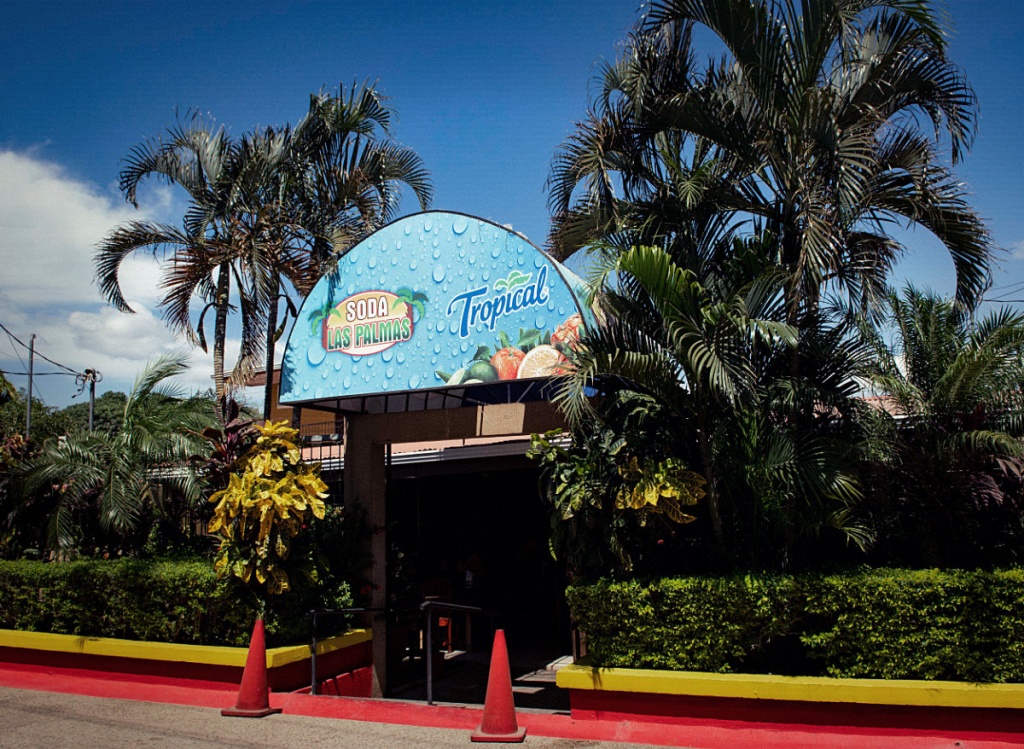
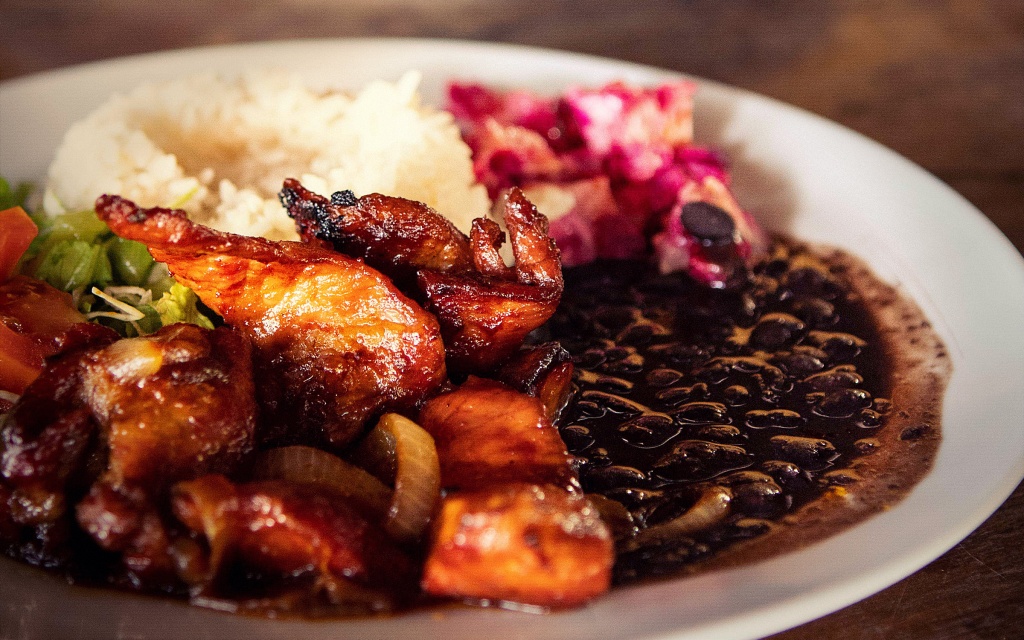
Traditionally, Sodas don’t have a menu, only the daily specials, dishes that are pretty much served around the whole country. As a local, it is expected of you to know exactly what you want for your meal, but some Sodas have adapted to Western practices and are giving their customers a proper menu, still with the same list of traditional recipes.
“Some Sodas might even look a little suspicious but it is the best local food you can get!”
A Soda will usually have some very visual features: additionally to the characteristic big Soda sign, it will often have plastic tables and chairs with old fashioned tablecloths. They are not cool coffee places, whose owners invested a lot of thought and money in the design and the customers well being. Some Sodas might even look a little suspicious but it is the best local food you can get! The prices will also be very welcoming, as opposed to most of the restaurants in Costa Rica, who tend to be extremely expensive. Many Sodas will have televisions and at lunchtime will be packed with locals watching a football match or a popular telenovela – but service starts already during breakfast time.
A. D. V. E. R. T. I. S. I. N. G.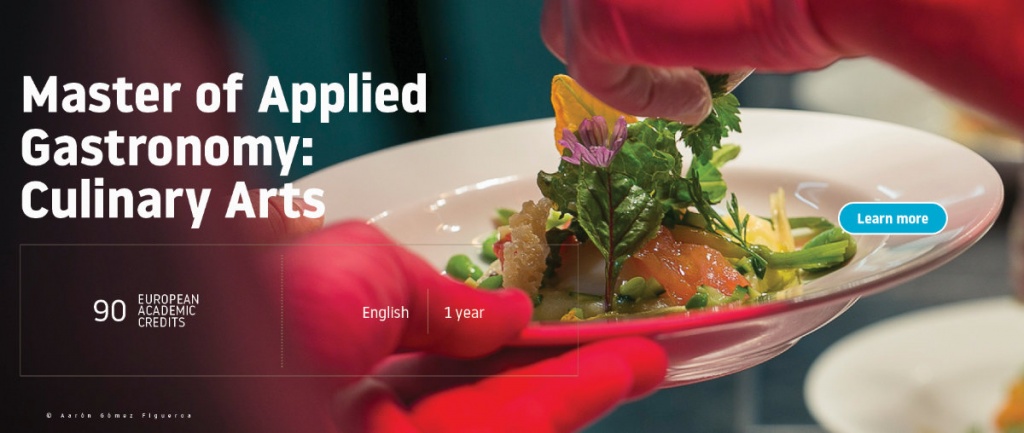
The most typical Costa Rican breakfast is Pinto, a mix of rice and black beans cooked with different chopped vegetables and Salsa Lisana, a traditional sauce that is present on every single Soda table. On the side, you will find fried eggs, fresh or fried cheese and, for carnivores, the local sausage ‘Salchichon’. This dish is called Gallo Pinto, which is a traditional Nicaraguan dish, made with rice and black beans with cheese on the side. Though different beans are used, no eggs and no sausage are to be seen, this mistake has stuck and become the universal name.
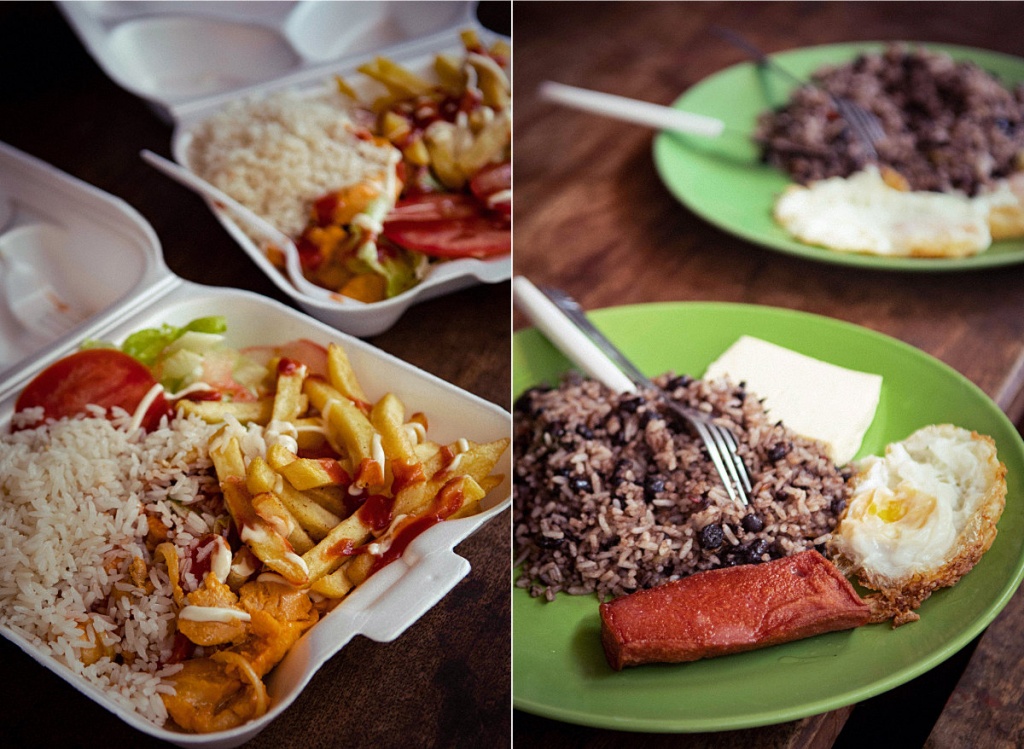
For lunch, Sodas will offer a Casado, which means marriage in Spanish. It is the most traditional Costa Rican plate, consisting of a marriage between rice, beans, salad, and a choice of meat or fish. Sometimes fried, sometimes grilled and sometimes with red salsa – there is no limit to Casados. Long-cooked beef with vegetables or pork chops are pretty standard, but you can also find Fajitas – chicken stripes cooked in the pan with different spices, onion, sweet chilli, oregano, and usually served with rice, salad, and tortilla. Another option are the mixed rice dishes with chicken or shrimp. In that case, you will get a salad and some french fries on the side – another example of the Costa Rican westernization.
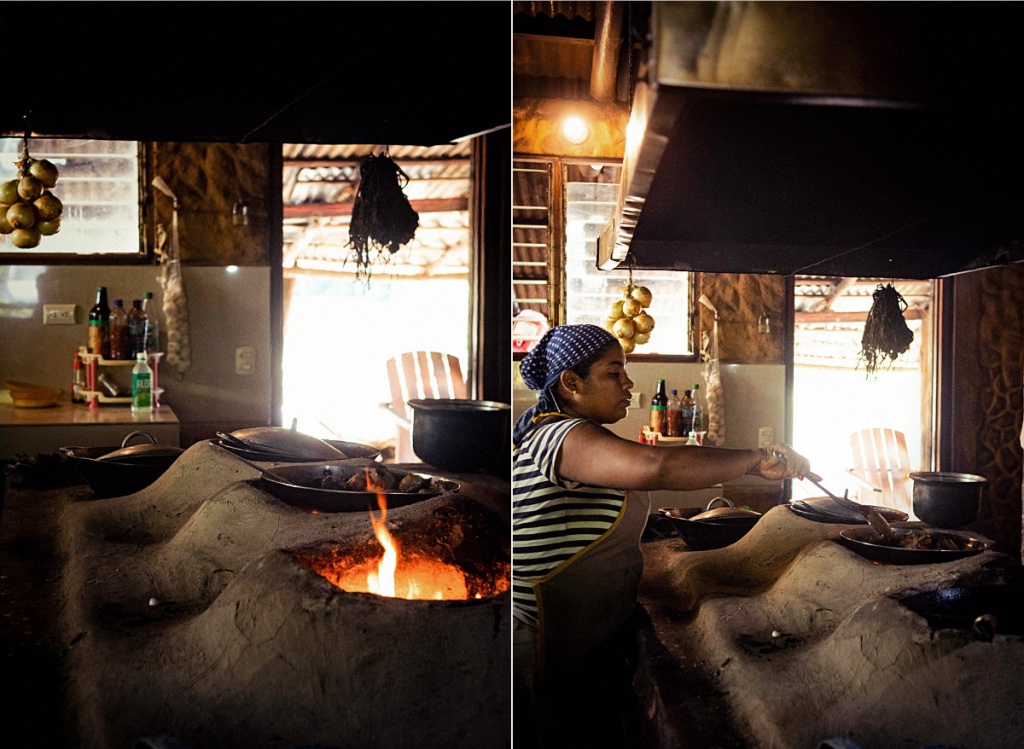
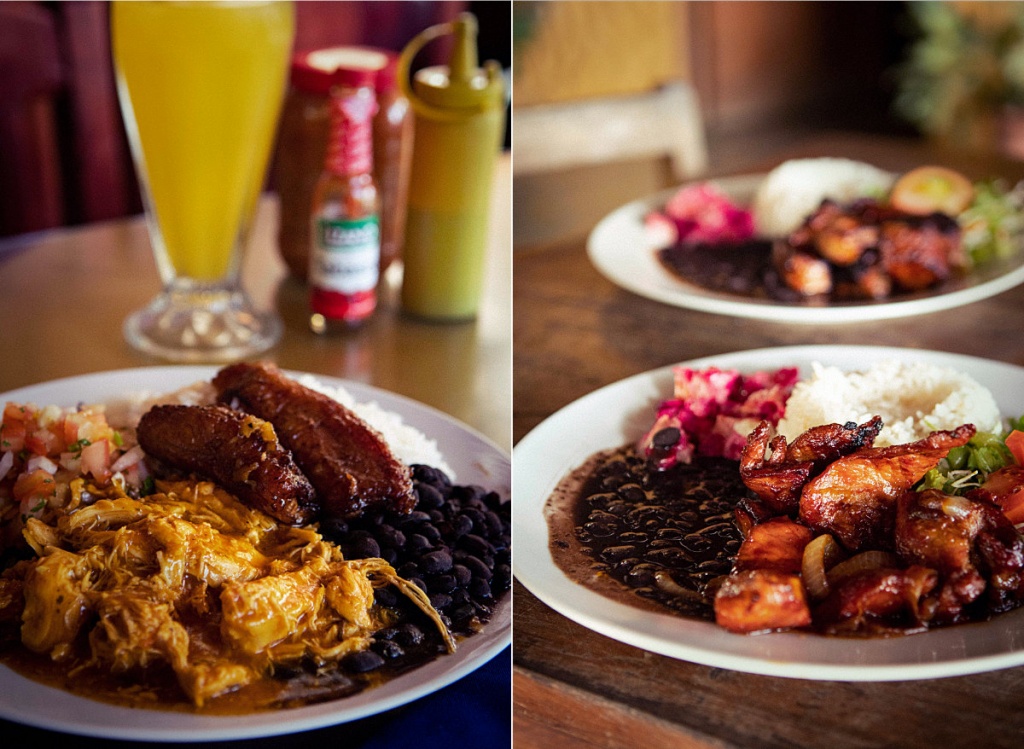
Soda La Tia.
Sitting down for a Pinto brunch with Mauree, the owner of “Soda La Tia” which means ‘the aunt’ in Spanish, we were intrigued to find that on paper it is not a Soda, but a Fonda, the smaller version of the traditional eatery.
Mauree opened her tiny but delicious Fonda at the entrance of Playa Avellanas only a year ago. Born in La Fortuna, she travelled from the mountains to the Costa Rican desert Guanacaste. Here, at her small window, she sometimes makes up to 90 dishes a day for local workers. She does not have a menu, only the daily special, but if you speak with her about food, you will discover that she is fluent in Costa Rican cuisine and knows how to make pretty much anything you might have on your mind.
“If you speak with her about food, you will discover that she is fluent in Costa Rican cuisine.”
When her Fonda is closed, she works as a tailor, making pillows and blankets. But having worked in the restaurant business for ten years and using her mother’s recipes from home, her food is just as good as her tailoring. In fact, throughout her life, she has learnt to make almost every Costa Rican speciality and knows the local ingredients from their roots up to their leaves.
For breakfast, we were served a beautiful Pinto plate with fresh cheese, fried eggs and sausage, accompanied by a ‘Chan’ drink. Chan is a local plant from the linen family that is very healthy and good for digestion. As for the drinks, we also tried Tamarindi juice, one of the most local Costa Rican fruits, sweet and sour at the same time, and Avena juice, a homemade outs drink, that’s very refreshing and healthy.
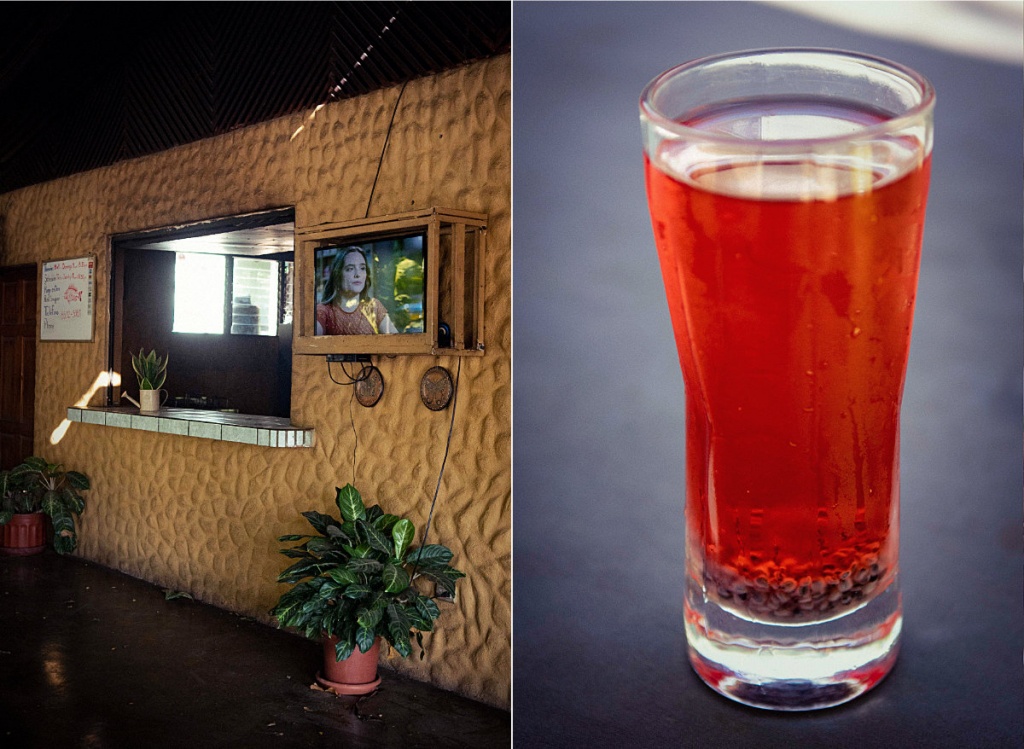
Mauree’s favourite ingredients to use are garlic, celery and sweet chilli, which, according to her, make every dish better. When we asked her if she could give us a recipe for one of her specialities, she thought of two plates. Gallina Arreglada, which, in translation, is a fixed chicken. For that recipe, a whole chicken is cooked in a pressure cooker for about 40 minutes. While the chicken is cooking, a salsa is prepared from 4 tomatoes, sweet chilli, cilantro, garlic, onion, oregano, and cumin. At the same time, some potatoes and eggs are being boiled. When all the ingredients are ready, the dish is combined. The chicken, the potatoes, and the eggs are all served in the salsa. This dish will usually be served with rice and a side of salad (as most of the recipes in this beautiful cuisine).
Another local speciality that Mauree shared with us is a Costa Rican interpretation of the most favourite food in the world – Pizza!
Mauree’s Yuca or Plantain Pizza recipe
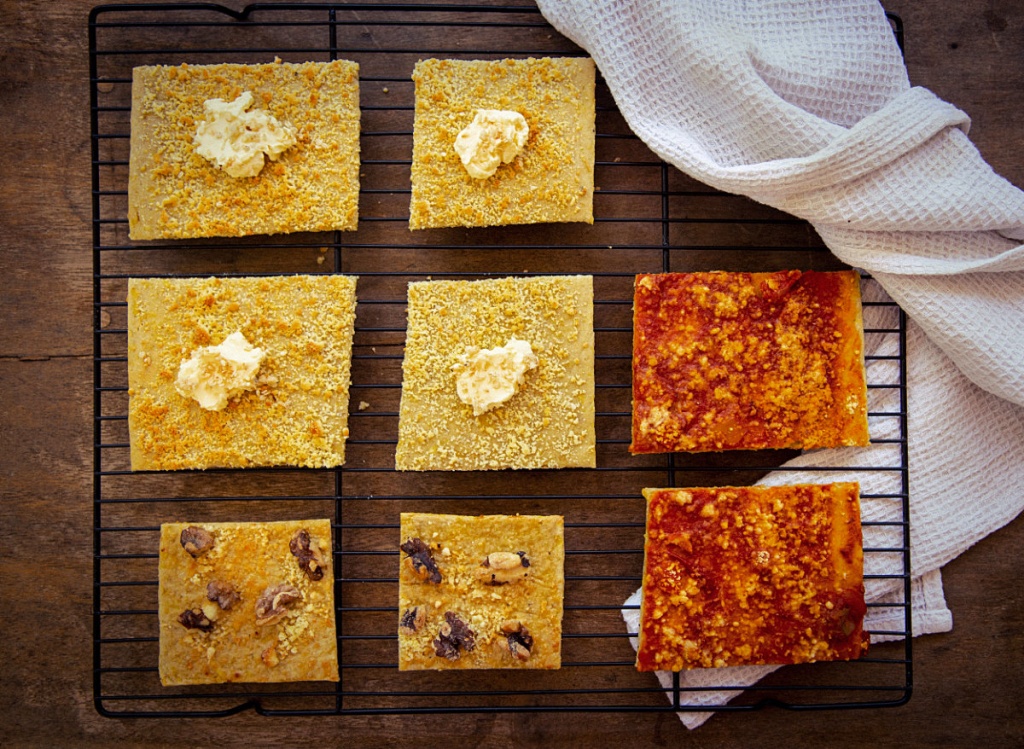
The Dough
600 grams of ground Yuca or ripe Plantains.
300 grams of powdered dried cheese (Queso Seco) – you can switch it with mozzarella, parmesan, or any dry cheese of your choice.
2 eggs
200 grams of Masa de Maiz, cornflour, actual white cornflour, and not the polenta version. (Cornflour has a very particular taste if you know you have trouble with that switch for regular flour).
300 ml of water (more or less, feel the dough, it should be combined but not too sticky).
1.5 tsp of baking powder.
Pinch of salt.
The Tomato Salsa
Tomato Salsa of your choice.
Olive oil.
Salt.
Oregano and or black pepper.
Toppings of your choice
Olives, mushrooms, fresh tomatoes, basil, prosciutto, sausage, peppers, or any other topping of your choice.
Cheese – Mozzarella cheese or the Costa Rican Queso Seco (aged cheese), Ground.
First, preheat your oven to 200 degrees celsius. Mix all the dough ingredients into an elastic dough and cook in the oven for about 10 minutes to get the dough stable. Add the tomato salsa, some olive oil, ground cheese and toppings of your choice and cook for another 10-15 minutes. Finally, enjoy your local pizza!
The best description of a Soda dish is simple but extremely good – the same thing can also be said of the Ticos, the local Costa Ricans, who are good, simple people. Having spent some months now living in the Jungle of Costa Rica, I can say I am in love with this country and its cuisine. Especially during the pandemic, when everything around us stopped and we gained some precious time at home with our families, something in the simplicity of this place was just beautiful. It may take a while until we can travel again, but until then, we will take our time to dream and to experiment in our kitchen, travelling the world through different cuisines and staying safe.
The opinions expressed in the articles of this magazine do not necessarily represent the views of
The New Gastronome and The University of Gastronomic Sciences of Pollenzo.